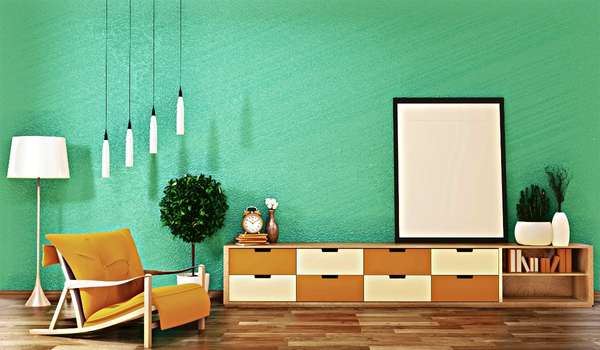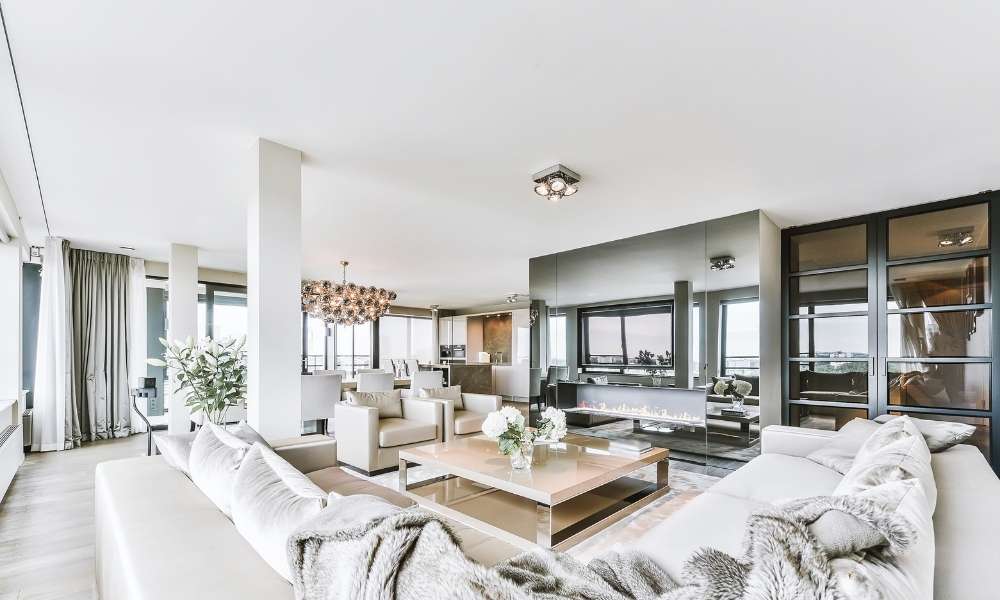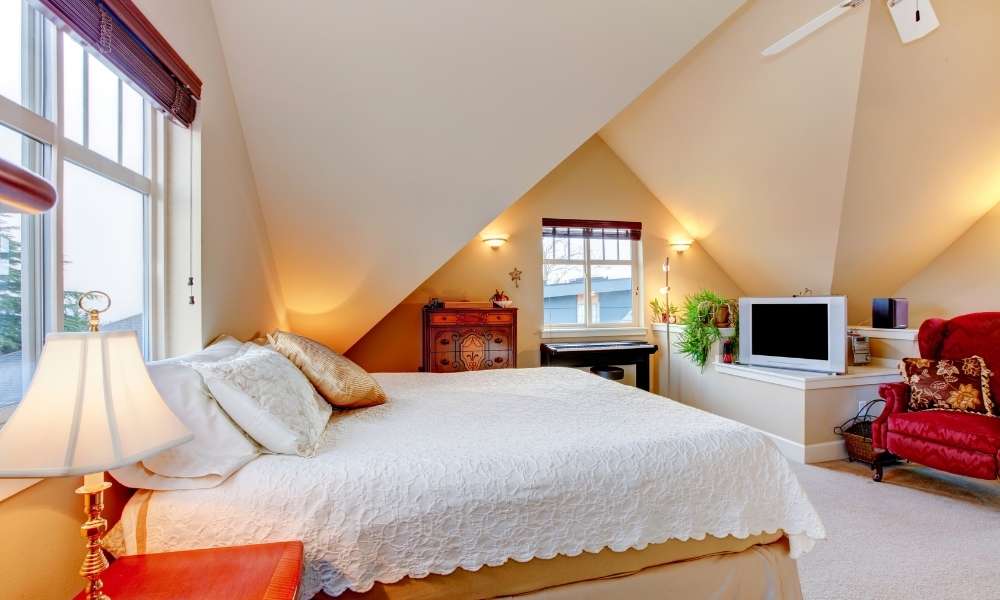When you are decorating your home with wall art, it is important to coordinate the pieces to create a cohesive look. There are a few tips you can follow to help make coordination easier. First, try to use a common color scheme when selecting your pieces. Secondly, choose pieces that compliment one another in size and style. Thirdly, think about where each piece will go on the wall and choose pieces that will work together well.
Compile the Necessary Equipment

When planning your wall art, it is important to consider the necessary equipment. This will include walls and pieces of equipment such as dry erase boards, canvases, and brushes. In order to coordinate your artwork effectively, it is best to have all of the necessary tools at hand.
Wall Art

Adding a splash of color to any room is easy with wall art. Coordinating your artwork can be a challenge, but there are some key tips that will help. Follow these guidelines to get the look you want for your walls:
- Start with a neutral or basic color scheme. This will help to keep the overall look cohesive.
- Use similar colors together. This will create a more balanced and harmonious look on your walls.
- Use bright colors sparingly, as they can be overpowering in large doses.
- Avoid using too many patterns or textures together since they can also clash visually. Opt for one or two specific patterns instead.
- Consider the size and shape of your walls when selecting artwork – it’s best to go with pieces that fit comfortably without being too crowded or overwhelming in scale.
Measure, Measure, Measure

When it comes to coordinating wall art, there are a few things to keep in mind. The first is the size of the pieces. Wall art should be large enough to show off but not too large that it takes up a lot of space. Additionally, it’s important to make sure that each piece is evenly spaced around the room. Lastly, try to avoid using too many colors or patterns on one wall and instead focus on individual pieces that will work together.
Don’t Be Basic

When choosing wall art, it’s important to think about the overall look of the room. If you’re looking to spruce up an existing space with a bit of color and texture, then basic walls are a great way to go. However, if you’re looking to add some excitement or new life to an existing room, then adding high-quality wall art can really add that extra bit of personality. Here are four tips on how to coordinate industry art evenly and create a cohesive look for your space:
1) Choose pieces that fit into your décor style. When choosing pieces for your industry art, be sure not to overdo it with too many different designs or colors. It’ll help keep things cohesive and easy on your wallet.
2) Use a few basic shapes and patterns when creating your wall art.
Let Your Favorite Pieces Shine

If you have a favorite piece of industry in your home, it’s time to coordinate it with other pieces in your home. One way to do this is by using wall art. There are many different types and designs of wall art that can be customized to fit the unique style of your home. Here are 3 tips on how to coordinate industry art:
- Decide which pieces of art will be the main focus of the artwork. This will help you determine which areas of your home will need more attention, and which pieces should be relegated to the background.
- Choose a coordinating color for each piece of artwork. This will help you match up different parts of your home with the colors used in the artwork.
- select a timing system that works well for you and your lifestyle.
Use a Variety of Frame Styles

If you’re looking to add a bit of variety to your wall industry, there are several different frame styles that you can use. Here are four examples:
- Faux-leather: This style is perfect for adding a touch of luxury to your décor. You could use faux leather frames with gold or brass trim to give your piece a luxurious feel.
- Gothic: This frame style is reminiscent of old-fashioned churches and cathedrals. Use dark wood frames with gilded trim to create an antique look.
- Modernist: This frame style was popular in the 1940s and 50s and is often used for modern art pieces. Use bright colors and bold patterns on your frames to make them stand out from the rest of your decor.
- Classic: This frame style is often used for classic paintings or sculptures.
Consider Lighting

When it comes to decorating your home, there are a lot of things you can do to improve its appearance. One of those things is to consider adding wall industry. There are a variety of ways to go about this, and the best way to find what works for you is to experiment. Here are some tips on how to coordinate walls art with your décor:
- Choose a style that will work with your décor. There are a ton of styles out there, so if you want different types of industry on each side of your walls, choose one that will.
- Consider the size of the artwork. Make sure the artwork is large enough so it doesn’t cover up too much of the walls space, but don’t be afraid to add smaller pieces in between if you think they’ll look good together.
Hang Art Throughout the Home

When you add walls art to your home, it can be a great way to add personality and design. There are many different ways to hang art, and the best way to coordinate it with your other pieces of home decor is to use hanging templates. Here are some tips on how to get started:
1) Choose an artwork that will fit perfectly on one or two walls. This will help you choose pieces that will look well together and won’t clash.
2) Coordinate the colors of your artwork with the colors of your walls. This way, all of your art looks cohesive and professional.
3) Get creative with the placement of your artwork.
Don’t Go Overboard

If you’re looking to add a touch of color and personality to your walls, there are a few things you can do to help. One way is to coordinate art with other pieces in the room, such as furniture or decor. Another option is to go ahead and buy all of your parapet art at once, letting the designer choose what will look best on each wall. Regardless of how you decide to go about it, be sure to keep in mind some key tips in order to make sure your wall art goes off correctly:
- Make sure that all of your artwork is well-matched prior to installation. This not only helps ensure that everything looks cohesive overall, but it also allows the designer time to get their work done efficiently and without any potential issues down the line.
- Be aware of spacing when choosing your pieces.
Think About Your Wall Color

When it comes to decorating your home, it’s important to think about the parapet Art you put up. You may be thinking about adding some abstract art or vibrant colors to help spice up your living space, but how do you select the right wall color for your style and home? Here are a few tips:
- Start by looking at the floor space in your home. How much wall is there and what type of flooring does it have? If you have walls that are only a couple feet wide, then you might want to go for a more muted color like neutrals or off-white. If you have walls that are several feet wide and cover most of your floor space, then go for brighter colors!
- Next, consider what kind of surfaces will be against your wall.
Choose Your Wall

When it comes to finding the right parapet art for your home, there are a few things to take into account. Whether you want something simple or flashy, there are a few things you can do to figure out which pieces will fit best on your wall. Additionally, choosing the right color can be crucial, so it’s important to think about what you’re looking for before making any decisions.
Consider the Furniture

When you are shopping for new furniture, it is important to consider the style and layout of the pieces. You may want to choose pieces that match your current decor or that can be used as part of a cohesive scheme. If you have room in your home, try to put together a wall art collection that takes into account your home’s décor.
The Final Thought
There are a few things that you can do to coordinate wall art. One is to choose the right colors and styles for your room. You can also add some accessories like clouds, stars, or flowers to help mix things up. If you have limited space or want to create a cohesive look for your room, using some simple tips can go a long way.




